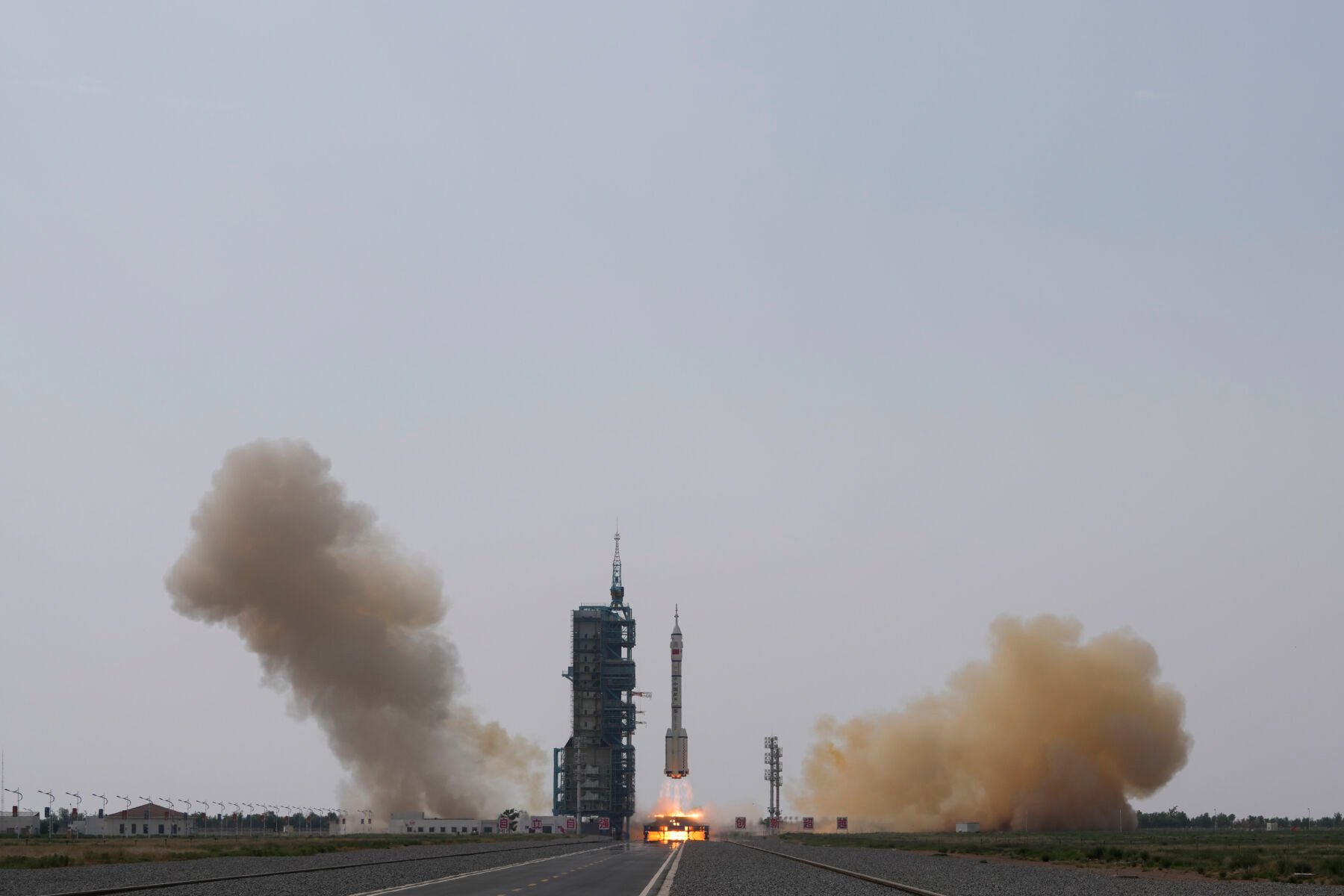China aims for moon landing by 2030, expands space station

China announced plans to send astronauts to the moon before 2023 while also expanding its space station. Today, a live broadcast will cover the launch of a spacecraft at 8.31am Thai time, carrying three Chinese astronauts.
Tensions between China and the United States have intensified in various spheres, among them the competitive nature of their respective space industries. The US previously announced its intention to return humans to the moon’s surface by 2024. Space companies SpaceX and Blue Origin are also playing significant roles in the industry.
The Chinese Manned Space Agency (CMSA) will lead the moon mission, with the China National Space Administration (CNSA) assisting.
Lin Xiqiang, the deputy director of the CMSA, pointed out that the mission has two goals: To send humans to the moon for a short stay and to conduct joint robotic and human exploration. Lin also revealed the three astronauts that will take part in the mission, replacing crew members who have been onboard the Chinese space station for six months. Lin said…
“We have a system for sending astronauts to and from the space station and supporting new ones. We can accommodate two astronauts per year to achieve our goals.”
He also noted that the Chinese space station would be expanded with the addition of a fourth module at an appropriate time, to offer more space for scientific experiments and enhance the quality of life for astronauts.
The three astronauts for the mission will travel on the “Shenzhou-16” spacecraft, launching from the Jiuquan Satellite Launch Centre in China’s Gansu province. For the first time, one of the astronauts is a civilian, former soldier Ye Guangfu, who will be joined by engineers Zhai Zhigang and Wang Yaping, reported KhaoSod Online.
The mission represents another significant step forward in China’s progressing space programme. China successfully completed its first human spaceflight in 2003. Zhai Zhigang, the mission commander, said…
“The spring of Chinese aerospace science and technology has arrived. We are confident and capable of completing the mission.”
Latest Thailand News
Follow The Thaiger on Google News:


























